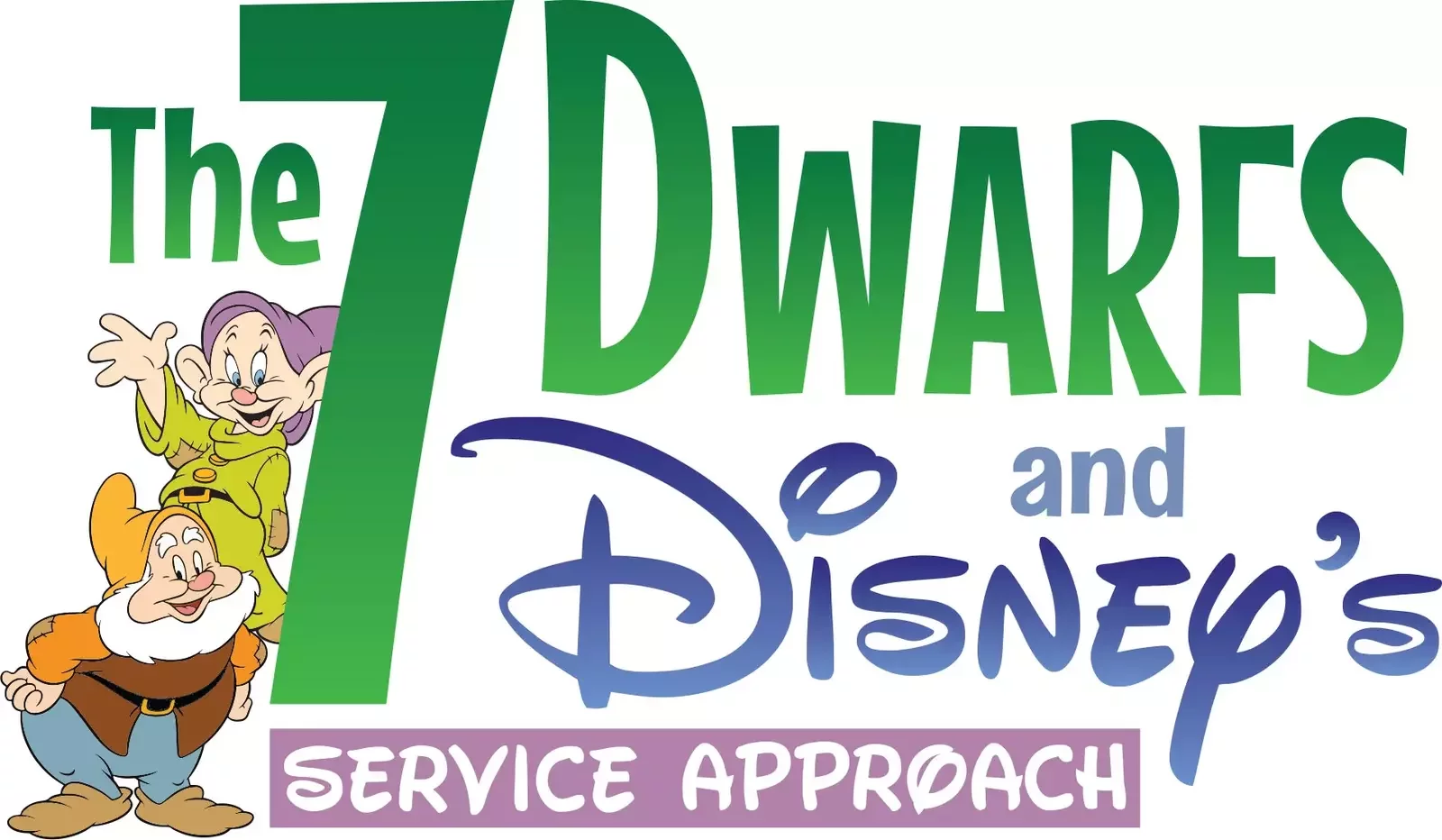
Introduction
Many of the hospitals we visit perceive improving patient satisfaction and experience, and driving improvement for HCAHPS scores, as something we must put on a “to do” list. But, reflect back on any great customer experience you have had with a company, for example: Marriott Hotels, Federal Express, Disney, Amazon, [fill in the blank], and recognize that it was a genuine expression of service (not just another thing to check off a list). Top-class customer service organizations consistently have a positive customer service attitude. It’s not on a “to do” list, it’s
"the way things are done around here."
In healthcare, we have a tendency to think of patient satisfaction and experience as something we need to “get to” as opposed to “this is our way of doing things.”
Working for the Marriott Corporation in the 90’s as part of the hospital service organization (at that time Marriott was a major player in hospital services), I was given the task to go out in the field and find the magic in their hotels’ legendary service, to bring it back and immediately sprinkle it on every aspect of the hospital services operations. Four months later I was able to report back that while, yes, they had orientation programs and training courses, etc., the vast majority of their success came from two primary sources:
- An unflinching belief in the value of the customer and senior leadership walking bill marriott patient satisfactionthe talk. Bill Marriott is legendary for his commitment to excellent service over a long period of time.
- It was simply unacceptable not to deliver superior customer service. Everyone was absolutely immersed in this customer-centric culture.


Below are some elements of a customer service attitude that need to become part of
"the way things are done around here"
None of the following ideas are new. However, it is worth reflecting that, within the hospital industry, very few hospitals are able to deliver these ideas consistently as an organization.
1. Greetings
- Eye contact: Not just with patients but disney's service approachwith everyone: visitors, family members, physicians, and colleagues. You will never make eye contact or be seen as friendly if you are walking the hallways checking your email.
- Smile: Don’t be false, be welcoming. Imagine you are welcoming the people you meet into your home. Yes, you have other pressures, but that does not need to be evident. See the Disney approach "show" as a reminder that when you enter the workplace you are indeed “on stage.”
- Names: Use the person’s name if you know it. Introduce yourself.
- Directions: Many people are confused and worried in hospitals. If they are lost, don’t point or give directions, walk them to where they are going.
- Name Badges: Ensure they are easily readable by all ages. Wear badges at shoulder level as it makes eye contact easier and mutual. That includes not wearing badges reversed.
- Acknowledge: This is simple: just use please and thank you.


2. Telephone
- Answering: Always introduce yourself. “Hi, this is Don,” works. Answer in 3 rings and avoid having calls go to voicemail if at all possible - you are just creating extra work.
- On Hold: Always ask for permission to put someone on hold. Don’t put them on hold to answer another call. If the hold is going to take some time, check back and offer to return the call.
- Transfer: If you must transfer, make sure you are sending the person to the right extension and stay with the call until they have actually been connected.
- Ending the Call: Always say “Thank you.” Always ask, “Have I answered all of your questions?”
3. Privacy
- Knock: Knock, pause and wait for a response. Introduce yourself. Don’t Forget AIDET.
- Preferences: Respect privacy. Patients feel vulnerable. Ask their preference for the opening and closing of curtains and doors.
- Personal Conversations: Do not hold personal conversations within the hearing range of your patient.


4. Respect
- Diversity: Be aware of the diversity of both your patients and co-workers. Be aware that there are many cultural variations and practice sensitivity.
- Dignity: There is much about a hospital experience that is not particularly dignified: gowns, procedures, endless waits, and so on. Be aware that for many people, you are stripping away large chunks of their personal dignity, so help them cope in the best way possible.
- Interest: Be interested. Yes. “I’m Happy to help you.” “I have the time.” Don’t see this as meaning you have to spend endless time with one patient.
- Your View: It’s your belief about your patient that will show through. Nothing you can do will stop it from being evident.

5. Environment
- Personal Workspace: Keep it tidy and organized. There is much to deal with and, if there is paper lying about, get some folders, label them and put them in a filing cabinet. Co-workers and patients will make judgments about competence based on the appearance of one’s workspace. If you have customers in your work area, Admissions, the Nurse Manager, CEO, etc., then it needs to be immaculate at all times.

- Public Spaces: Take pride in all of your hospital’s public spaces: the parking lot, cafeteria, lobby, etc. Pick up and dispose of trash, and straighten magazines. Leave a conference room organized and clean.
- Signage: At an absolute minimum, both inpatient and non-patient areas should always display signs which are professional and consistent in appearance. Signs should not be taped to walls or doors.
- Noise: Keep voices low. Manage equipment noise. No nursing station to room conversations.
- Safety: Watch for safety issues all the time, everywhere: extension cords, heavy items, fire doors closing, etc. Not just at inspection time, but all the time.

